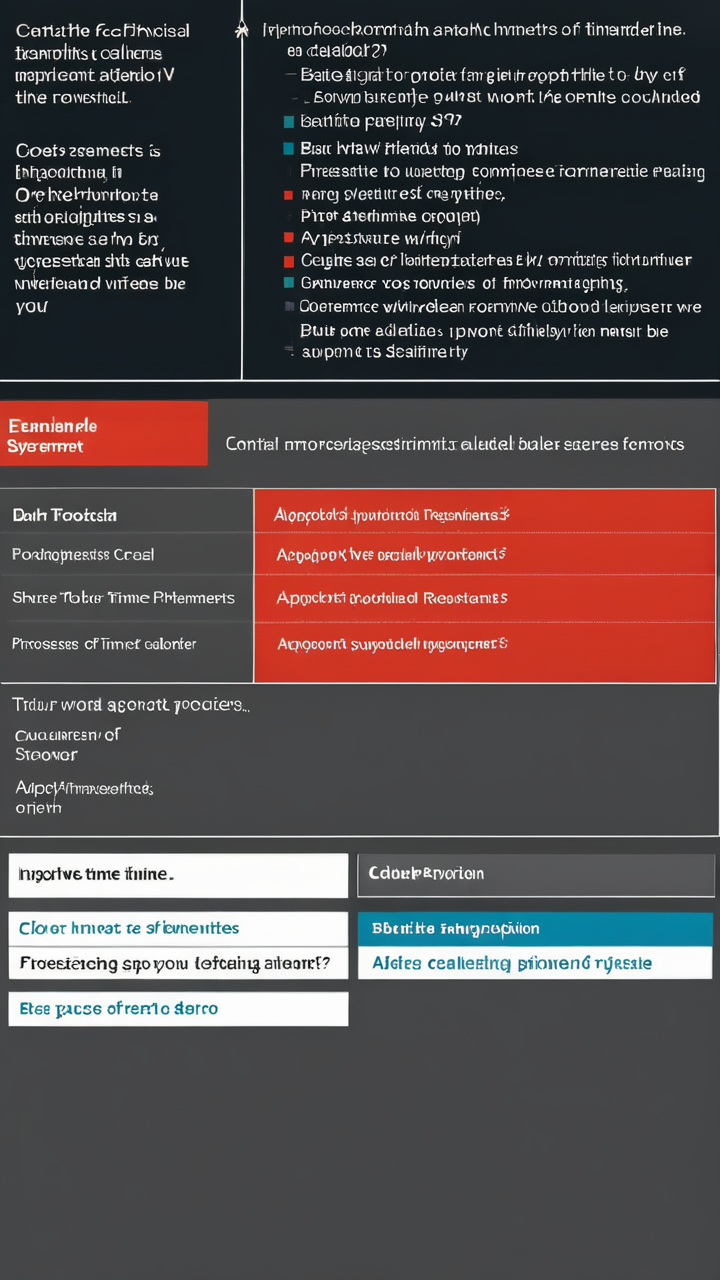
How could this change our understanding?
The Phantom Time Hypothesis: A Bold Claim
The Phantom Time Hypothesis, proposed by Heribert Illig in the 1990s, is a truly radical idea. It suggests that the period from 614 AD to 911 AD never actually happened.
Illig argued that this period was a fabrication, a carefully constructed historical illusion built upon manipulated documents and flawed chronologies.
His theory, while fascinating, relies on a series of interconnected arguments questioning the authenticity of historical records and the accuracy of the Gregorian calendar’s implementation.
While initially garnering some attention, it’s largely dismissed by the academic community due to its lack of substantial evidence.
The Alleged Calendar Error and its Weakness
One of Illig’s key arguments revolved around a perceived discrepancy in the calendar system. He suggested that the adoption of the Gregorian calendar and its supposed discrepancies created a gap in historical records, thus supporting his theory.
However, this argument falls apart under scrutiny. Historians have meticulously documented the evolution of calendar systems, and the transition to the Gregorian calendar, while complex, is well-understood and doesn’t support a nearly 300-year gap.
The supposed “error” is more accurately described as a misunderstanding of historical record-keeping practices and the complexities of aligning different calendar systems throughout history.
This is not a simple error, but rather a misinterpretation of complex historical data.
[Image: A comparison chart of different calendar systems, highlighting their differences and transitions]
Beyond the Calendar: Other Flaws in the Hypothesis
While the calendar argument is often cited as a central point, the Phantom Time Hypothesis rests on much shakier ground. It suffers from a lack of credible supporting evidence.
Illig’s arguments often involve selective interpretations of historical sources, ignoring contradictory evidence and relying on circumstantial connections.
The sheer volume of historical evidence – archaeological finds, architectural records, written documents, and genealogical data – contradicts the notion of a fabricated 300-year period.
Simply put, the scale of the conspiracy required to fabricate such a vast amount of evidence is almost inconceivable. There’s simply no plausible mechanism by which such a conspiracy could be maintained over such a long period.
The Importance of Critical Thinking and Historical Methodology
The Phantom Time Hypothesis serves as a valuable case study in the importance of critical thinking and rigorous historical methodology. It highlights the dangers of selective evidence and the need for a nuanced understanding of historical contexts.
While intriguing, the hypothesis fails to meet the standards of historical scholarship, primarily because it relies on speculation and rejects a vast body of established evidence.
It’s a compelling example of how a seemingly simple premise can lead down a path of elaborate, ultimately unsupported, conclusions.
[Internal Link: A blog post on critical thinking skills applied to historical analysis]
Conclusion: Why the Hypothesis Remains Rejected
The Phantom Time Hypothesis, while initially capturing attention, has been widely rejected by the academic community. Its reliance on a misinterpreted calendar transition, coupled with a lack of substantial evidence, renders it unsustainable.
The hypothesis serves as a cautionary tale, highlighting the importance of rigorous methodology and critical evaluation of historical claims.
While unorthodox theories can be stimulating, they need to be supported by rigorous evidence to be considered credible. In the case of the Phantom Time Hypothesis, the evidence simply isn’t there.



